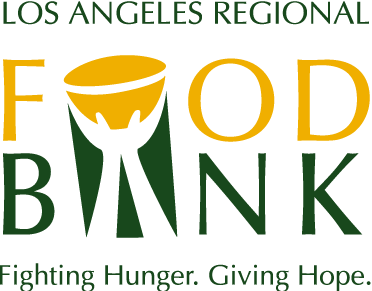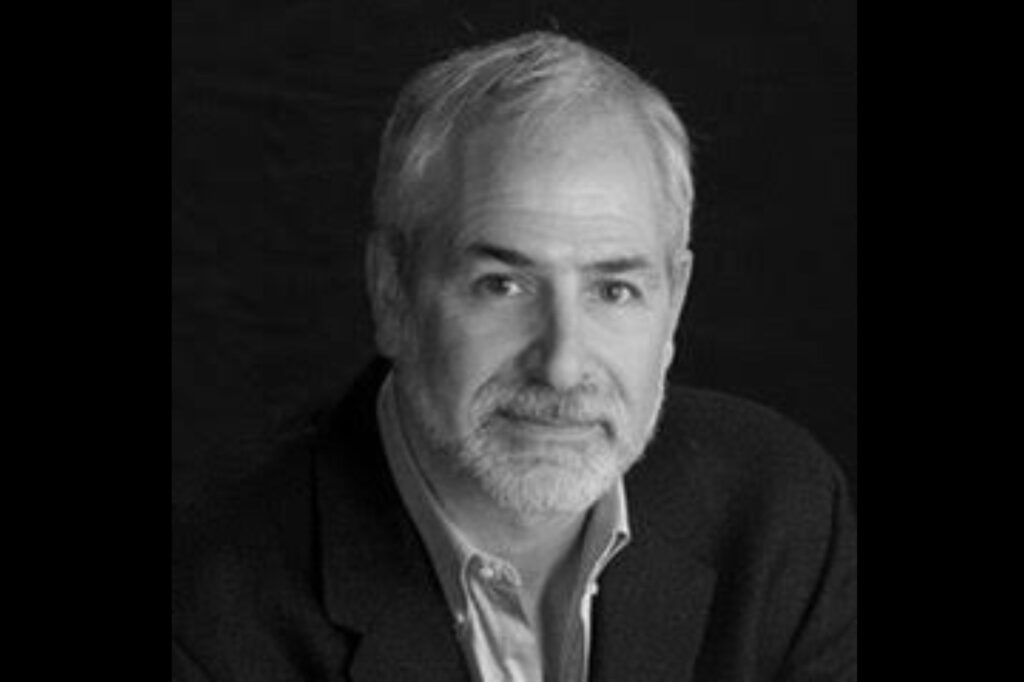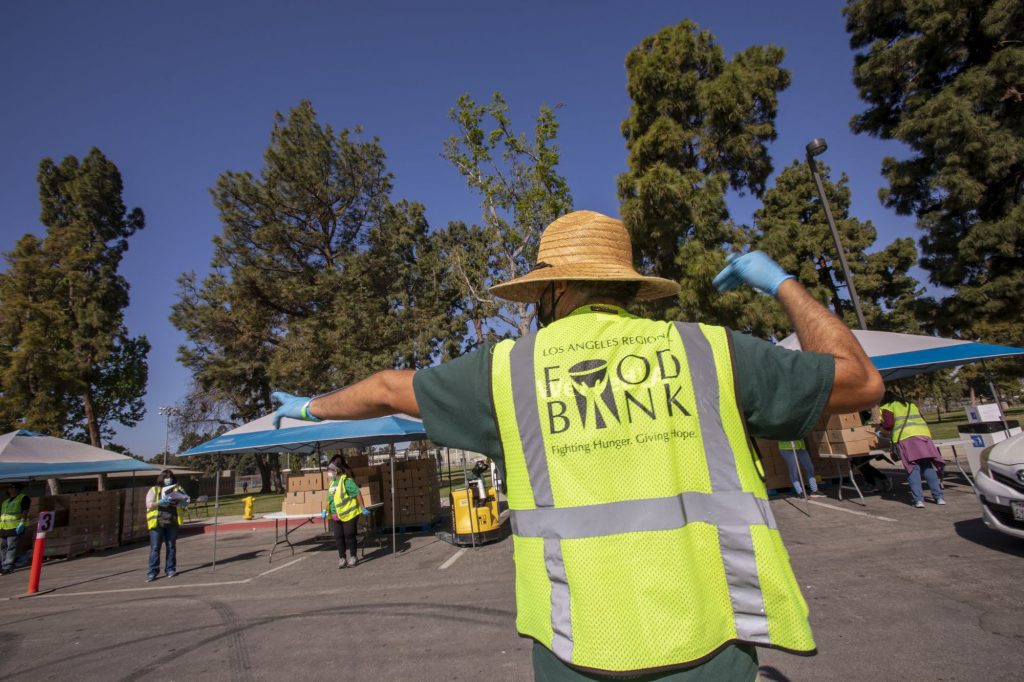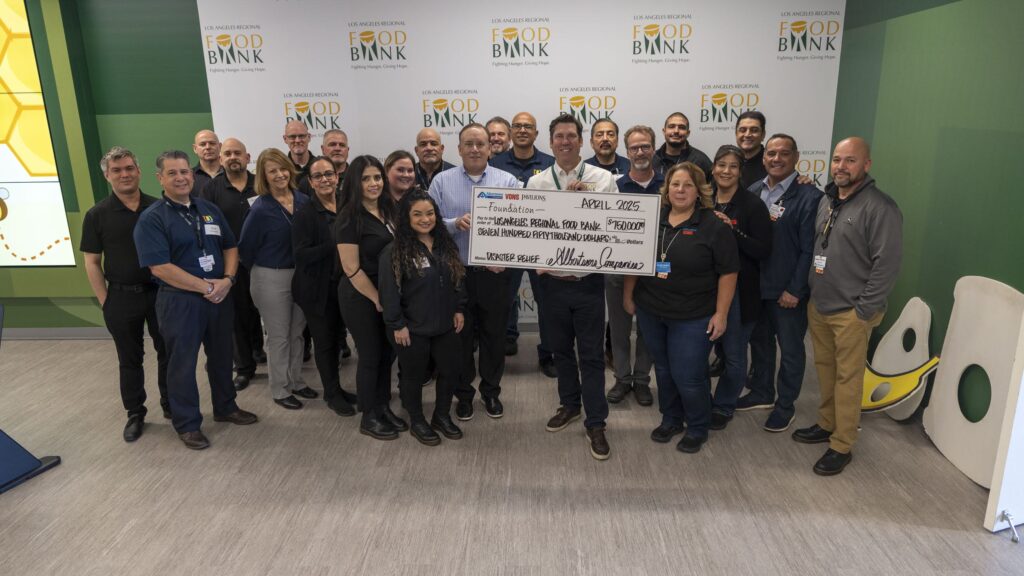The Food Bank in the Late 1970’s and Early 1980’s
The Food Bank in the Late 1970’s and Early 1980’s
The Los Angeles Regional Food Bank was founded by Tony Collier and operated as the Grandview Food Bank until it incorporated as its own nonprofit organization in 1977. Unfortunately, Food Bank Founder Tony Collier was in a serious car accident which prevented him from continuing as the Executive Director, and Food Bank driver Elijah Smith succeeded Tony in the Executive Director role. By this time, the Grandview Food Bank had been renamed Community Food Resources, Inc. and moved into a 2,600-square-foot building.
- Read more about Food Bank Founder Tony Collier
- Read more about the early days of the Los Angeles Regional Food Bank
The late 1970’s and early 1980’s were a time of growth for the Food Bank as Smith built upon the foundational work of Tony Collier and their team. Between 1977 and 1983, the Food Bank continued to operate out of the 2,600-square-foot building on Fair Oaks Boulevard in Pasadena, which previously housed a dry cleaning business. As quickly as the Food Bank was growing and meeting more of the needs in the community, this facility quickly became too small.
An Immediate Impact
The impact of Elijah Smith’s continuation of Collier’s work continued to be felt throughout the community. The extra food that was provided by the Food Bank to local nonprofits helped these organizations care for their neighbors in need more efficiently.
Just a few years after the founding of the Food Bank, Mary Bacis, Housemother of Casa de las Amigas in Pasadena, one of the Food Bank’s first partner agencies, said that the Food Bank helped her reduce food expenses by $200 a month, which made a big difference to their growing organization which was only founded about ten years before the Food Bank.
The West Valley Food Pantry (WVPH) was also one of the Food Bank’s first partner agencies. Margaret Shively started to keep food on hand after a hungry family knocked on her office door, and she didn’t have anything for them. As Margaret and volunteers started to collect food, they reached out to the Food Bank to bolster their supplies. The WVFP continues to be a partner of the Food Bank today and helps hundreds of families each week in the West San Fernando Valley.
Financial and food donors continue to be a critical part of the Food Bank’s work ensuring that their support makes an immediate impact in communities throughout Los Angeles County. Over the past several years, the Food Bank has ensured that 96% of all revenue is utilized for program services. When people, corporations, foundations or others donate, it allows the Food Bank to mobilize resources to fight hunger throughout Los Angeles County.
Executive Director Doris Bloch
In 1983, Doris Bloch became the Executive Director of the Food Bank, and the operations moved to a 10,000-square-foot warehouse in El Monte. This facility was almost four times the size of the location on Fair Oaks Boulevard and would allow the Food Bank to acquire, glean, store and distribute even more food to the community. At this time, the Food Bank was affiliated with a fast-growing national network of food banks called Second Harvest, which is known today as Feeding America. This was a natural partnership as just a decade prior, Food Bank Founder Tony Collier met with John van Hengel, who was the founder of the first food bank established, St. Mary’s Food Bank in Phoenix, and later became the founder of Second Harvest in 1979.
The next blog post will discuss the Food Bank’s move to South Los Angeles and the response to two major historical events in the late 1980’s and early 1990’s.





